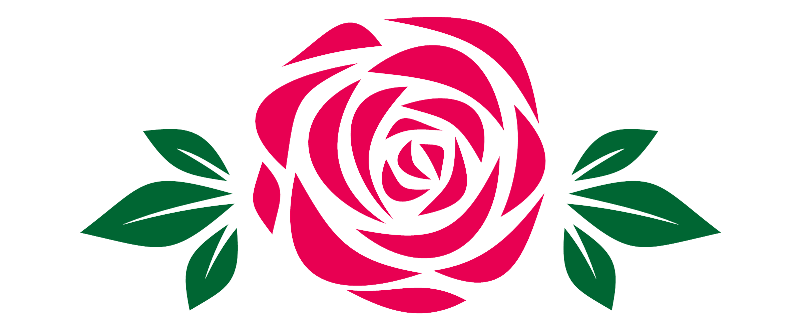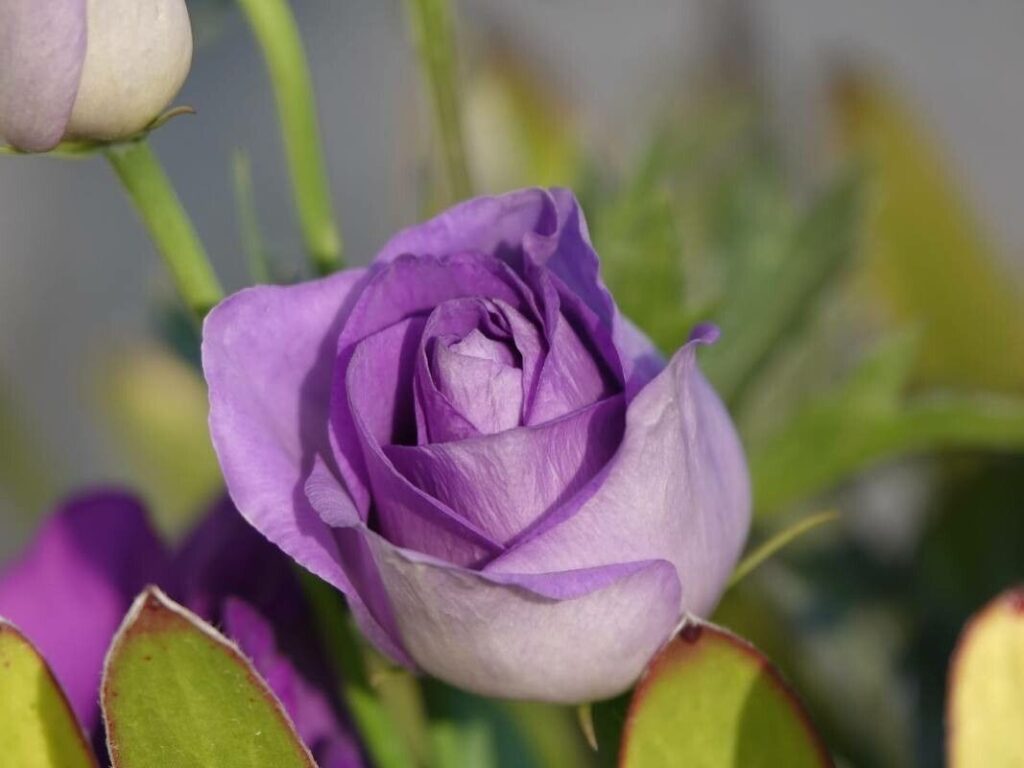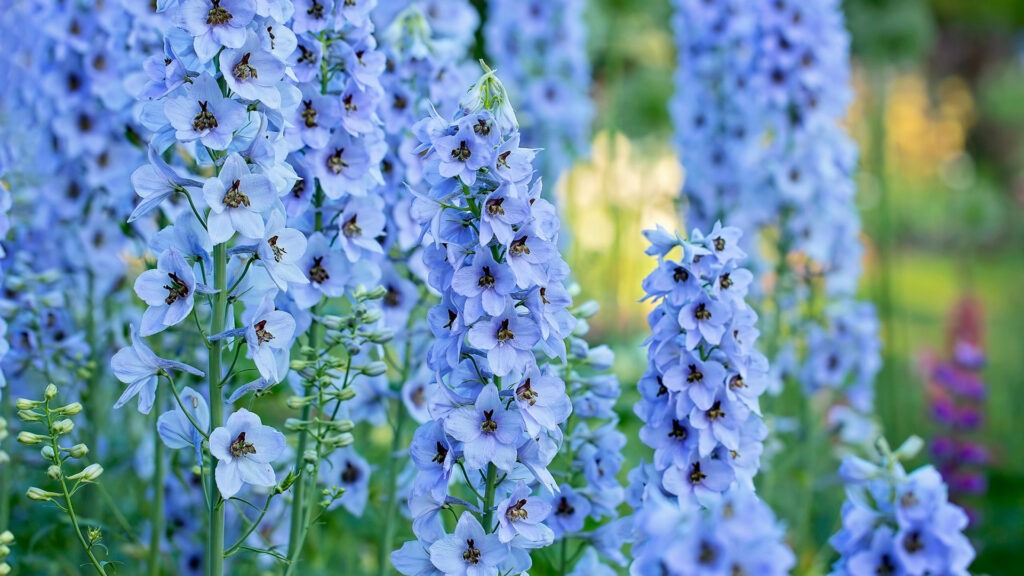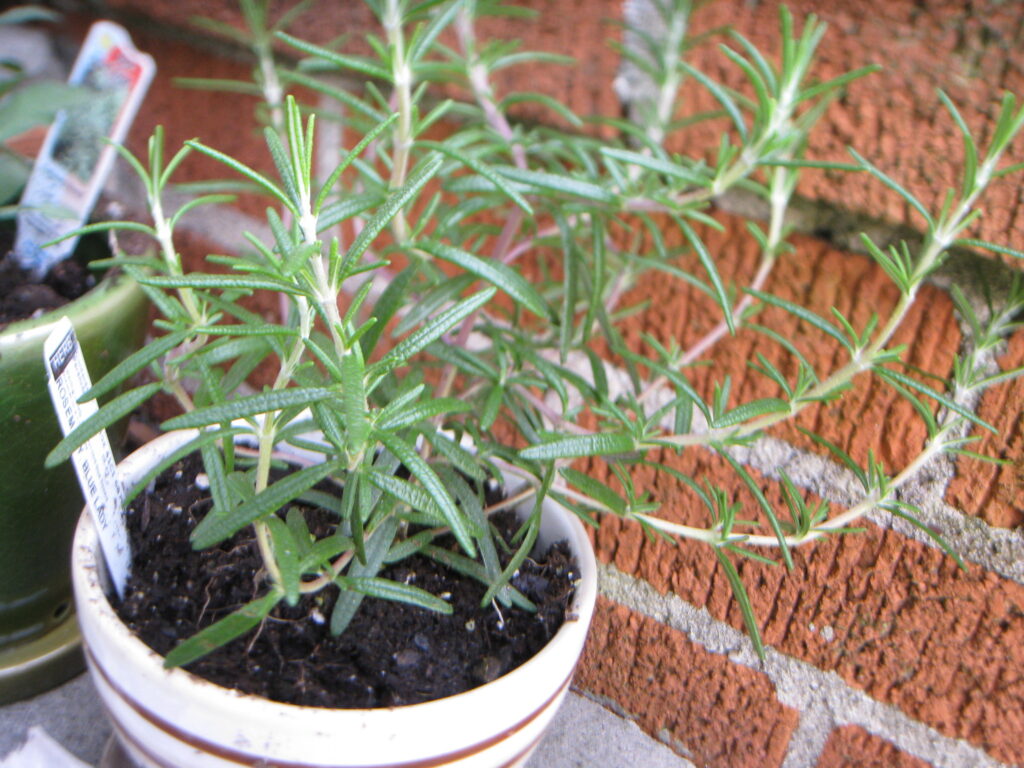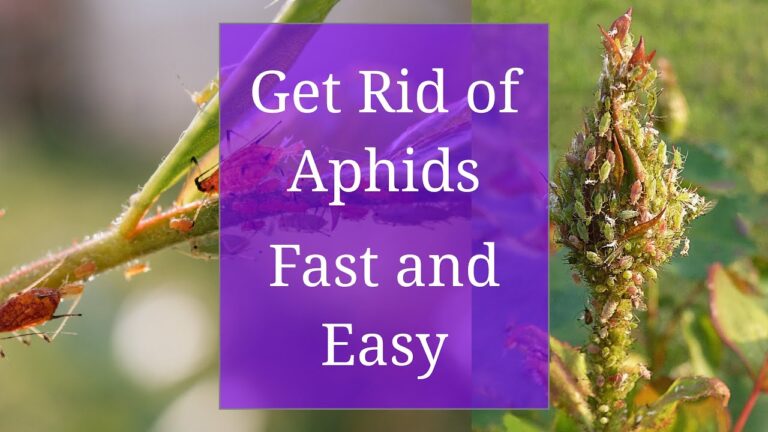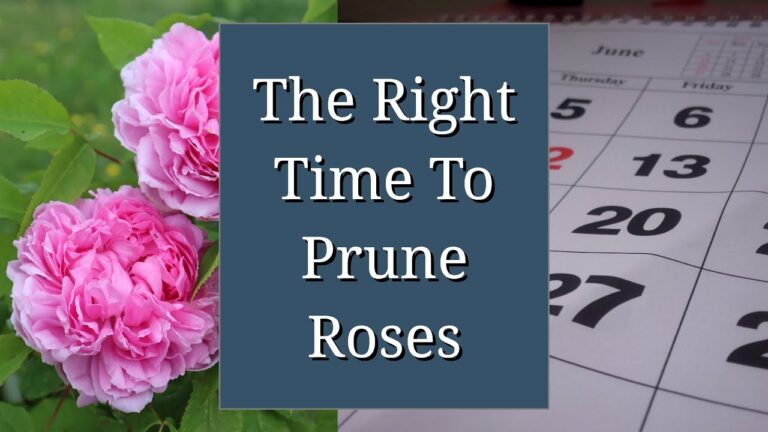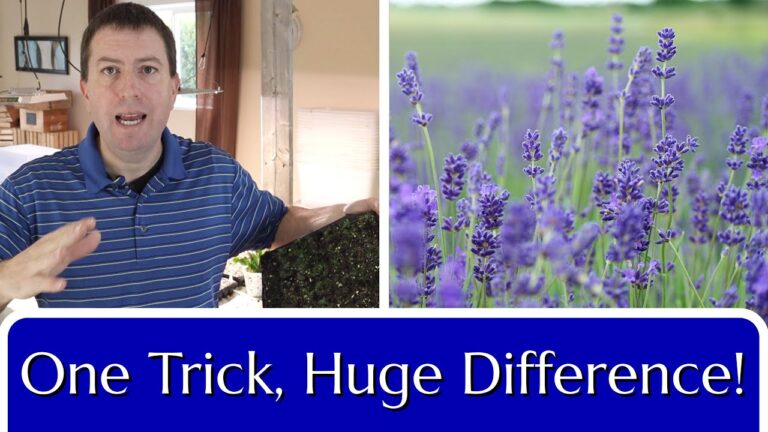If you’ve ever found yourself wondering why some plants seem to thrive while others barely make it through the season, the answer often lies in timing. Starting seeds early can make all the difference – especially for those in cooler climates with shorter growing seasons. By giving your plants a head start indoors, you’re setting the stage for a more productive and beautiful garden when spring finally arrives.
In this article, we’ll cover 12 seeds that benefit the most from early starting, from vibrant annual flowers to slow-growing herbs and heat-loving vegetables. These are the plants that need extra time to mature and reward you with long-lasting blooms or bountiful harvests.
Why Start Seeds Early?
Starting seeds early does more than just give you a head start – it extends the growing season, ensures slow growers reach maturity, and allows long-season plants to perform at their peak. In cooler climates, early seed starting is often the only way to enjoy certain flowers and vegetables before frost returns. Watch along with Jason’s video on the topic:
Annual Flowers – For a Show-Stopping Summer
1. Lisianthus
Lisianthus is notoriously slow to grow, often taking 4-5 months to bloom. By starting it early, you ensure beautiful, delicate flowers by mid-summer, rather than missing their peak.
2. Petunias
Tiny seeds and slow growth make petunias another candidate for early starting. Given 10-12 weeks indoors, petunias will establish strong roots and fill your garden with color all summer long.
3. Snapdragons
Snapdragons love cool weather but grow slowly. Starting them early indoors allows for sturdy plants ready to thrive in spring’s mild temperatures. Bonus: They can handle a bit of frost!
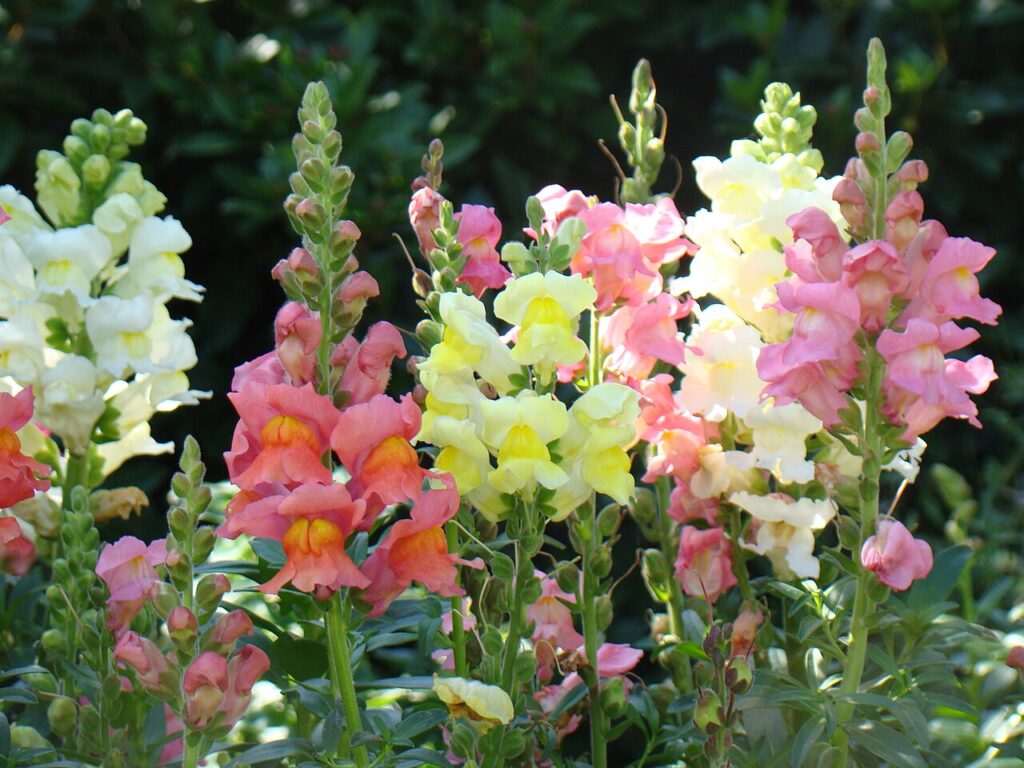
Perennials – Investing in Long-Term Garden Stars
4. Echinacea (Coneflower)
Echinacea seeds can take weeks to germinate, and the plants mature slowly. Starting early improves the chance of blooms in their first year, speeding up their contribution to pollinator-friendly borders.
5. Lavender
Lavender requires patience. It grows slowly and germinates unevenly, often taking up to 12 weeks to reach a transplantable size. Give it a head start now for fragrant summer blooms.
6. Delphinium
This classic perennial benefits from an early start. Delphinium germinates best in cool conditions and takes time to mature, so planting early ensures beautiful spikes of flowers in the first season.
Vegetables – Jumpstarting Long Seasons
7. Peppers
Peppers are heat lovers with long development times. Starting them indoors 8-12 weeks before the last frost ensures they’ll have time to mature and produce fruit during the summer.
8. Tomatoes (Heirloom/Large Varieties)
Large heirloom tomatoes need plenty of time to grow and ripen. By starting them early, you maximize their fruiting potential and enjoy a longer harvest window.
9. Onions (from Seed)
Onions grown from seed need up to 14 weeks indoors to develop into full bulbs by summer. If you want large, healthy onions, now is the time to start.
Herbs – The Slow Growers
10. Rosemary
Rosemary takes its time, often needing several weeks just to germinate. Starting rosemary early guarantees strong plants by spring, ready for transplanting into containers or garden beds.
11. Parsley
Parsley’s slow germination (sometimes up to 4 weeks) makes early planting essential. Starting it indoors ensures a steady harvest throughout the season.
Bonus – A Surprise Bloom
12. Dahlia (from Seed)
While most people grow dahlias from tubers, dahlias can bloom from seed in their first year – but only with an early start. Give them 10-12 weeks indoors to ensure stunning late-summer flowers.
Germination and Growing Tips
- Temperature: Most seeds germinate best at 70-77°F (21-25°C). A seedling heat mat can help maintain consistent warmth.
- Humidity: High humidity (70-80%) is key for germination. Cover seed trays with plastic or humidity domes.
- Light: Once germinated, seedlings need 12-16 hours of light daily. Use grow lights to prevent legginess.
- Airflow: Gentle airflow reduces the risk of damping off and strengthens young stems.
- Hardening Off: Transition your plants outdoors gradually to reduce transplant shock.
Timing by Region – When to Start
- Zones 7-8 (Mid-April frost): Start now (early January).
- Zones 5-6 (Late April/early May frost): Start in late January to early February.
- Zones 4-5 (Mid-May frost): Begin in early February.
- Zones 3 and below (Late May/June frost): Wait until late February or early March.
Ready to Get Started?
Starting seeds early may require extra effort, but the rewards are well worth it. From vibrant flowerbeds to flourishing vegetable patches, giving your plants a head start can transform your garden. Watch the full video for more in-depth tips and tricks to ensure your seeds thrive this season.
